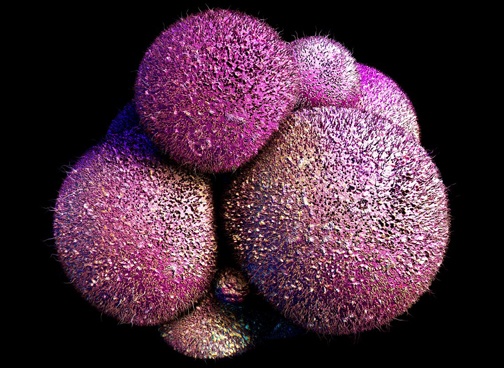
Researchers in Denmark may have discovered how stem cells get their identity and arrange themselves into different kinds of human tissue. University of Copenhagen scientists found a previously undiscovered cellular mechanism that leads to stem cells creating organs such as the pancreas and liver. The breakthrough could lead to a cure for Type I diabetes and many new treatments in the field of regenerative medicine.
Dr Henrik Semb from the DanStem Center led the research team. They found that a chemical compound could be the secret to manipulating stem cells. Researchers discovered that certain chemicals are understood by a small number of proteins in the stem cell DNA, causing them to be ‘activated’ when touched by the chemical compound.
Scientists then looked at the position of the proteins in the stem cell’s DNA, to determine which proteins where activated by a specific chemical. They found that once a number of proteins had been unlocked in specific positions by the chemical compounds, the stem cell would differentiate into another type of cell.
This new research could help scientists more easily control the types of cells that can be created from stem cells. It is an important breakthrough for the field of regenerative medicine, which hopes to harness stem cells to someday grow new organs and heal all kinds of damaged tissue in the body.
Source: How Stem Cells Get Their Identity
{{cta(‘3fe0aac7-7562-46dc-b8b9-c706d9cfd6b1’)}}
{{cta(‘fec594e9-5433-4350-9180-2bdd371eb399’)}}


